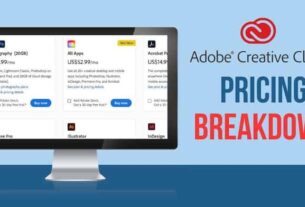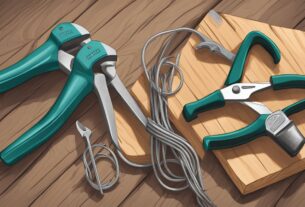Drift pin tools are essential equipment in any construction or metalworking project. They are used to align two pieces of metal or remove them when they get stuck. A drift pin tool is a simple yet powerful device that can help you save time, money, and effort.
In this comprehensive guide, we will cover everything you need to know about drift pin tools. We will discuss the different types of drift pins, how to choose the right one for your needs, and how to use them correctly. Whether you’re a DIY enthusiast or a professional contractor, this article will provide you with valuable insights into the world of drift pin tools.
Types of Drift Pin Tools
There are several types of drift pins available on the market. Each type has its unique features and benefits. Below are some common types of drift pin tools:
1. Tapered Punch – These pins have a tapered end that makes it easy to line up holes in metal plates or other materials. They can also be used to remove rivets and bolts.
2. Center Punch – Center punches have a pointed tip that is used to make indentations in metal surfaces. This helps prevent drill bits from slipping when drilling through metal.
3. Drive Pin Punch – These pins have a flat head that is used to drive out pins or rivets from machinery or other objects.
4. Alignment Punch – Alignment punches are often used in metalworking projects where precision is required. They have a pointed end that allows them to align holes in metal sheets accurately.
Choosing the Right Drift Pin Tool
When choosing a drift pin tool, there are several factors that you should consider:
1. Material – Drift pins come in various materials such as steel, brass, and copper alloy. The material you choose depends on the type of work you’ll be doing. Steel drift pins are ideal for heavy-duty work, while brass and copper alloy pins are more suitable for delicate tasks.
2. Size – The size of the drift pin tool you choose depends on the thickness of the metal you’ll be working with. A pin that is too small won’t be able to do the job effectively, while a pin that is too large can damage the material.
3. Shape – Different shapes of drift pins are designed for specific tasks. For example, a tapered punch is ideal for aligning holes in metal plates, while a center punch is perfect for making indentations in metal surfaces.
How to Use a Drift Pin Tool
Using a drift pin tool is relatively easy. Below are some steps to follow:
1. Choose the right size and shape of drift pin for your task.
2. Position the drift pin where you want it to go.
3. Strike the end of the pin with a hammer until it penetrates through the metal surface.
4. Rotate the pin slightly to ensure it’s aligned correctly.
5. Repeat steps 2-4 until you’ve completed your task.
Safety Tips When Using Drift Pin Tools
When using drift pin tools, safety should be your top priority. Below are some safety tips to keep in mind:
1. Wear eye protection to prevent debris from getting into your eyes.
2. Use gloves to protect your hands from sharp edges or hot materials.
3. Always strike the end of the pin with a hammer and not your hand.
4. Avoid bending or twisting the pin as this can cause it to break or deform.
Conclusion
Drift pin tools are an essential piece of equipment in any construction or metalworking project. By choosing the right type of drift pin and using it correctly, you can save time, money, and effort while achieving accurate results. We hope this comprehensive guide has provided you with valuable insights into the world of drift pin tools. If you have any questions or comments, please feel free to leave them below.
References:
1. “Drift Pin.” Wikipedia, Wikimedia Foundation, 16 Aug. 2021, en.wikipedia.org/wiki/Drift_pin.
2. “Punches & Chisels.” The Home Depot, homedepot.com/b/Tools-Hand-Tools-Punches-Chisels/N-5yc1vZc8y3.
3. “Types of Punches and Chisels.” DoItYourself.com, doityourself.com/stry/types-of-punches-and-chisels.
4. “How to Use a Drift Punch for Metalworking.” The Spruce Crafts, thesprucecrafts.com/how-to-use-a-drift-punch-for-metalworking-3536966.




